Shirin Yousefi
Interview "Soft Rains / Futurs Incertains"
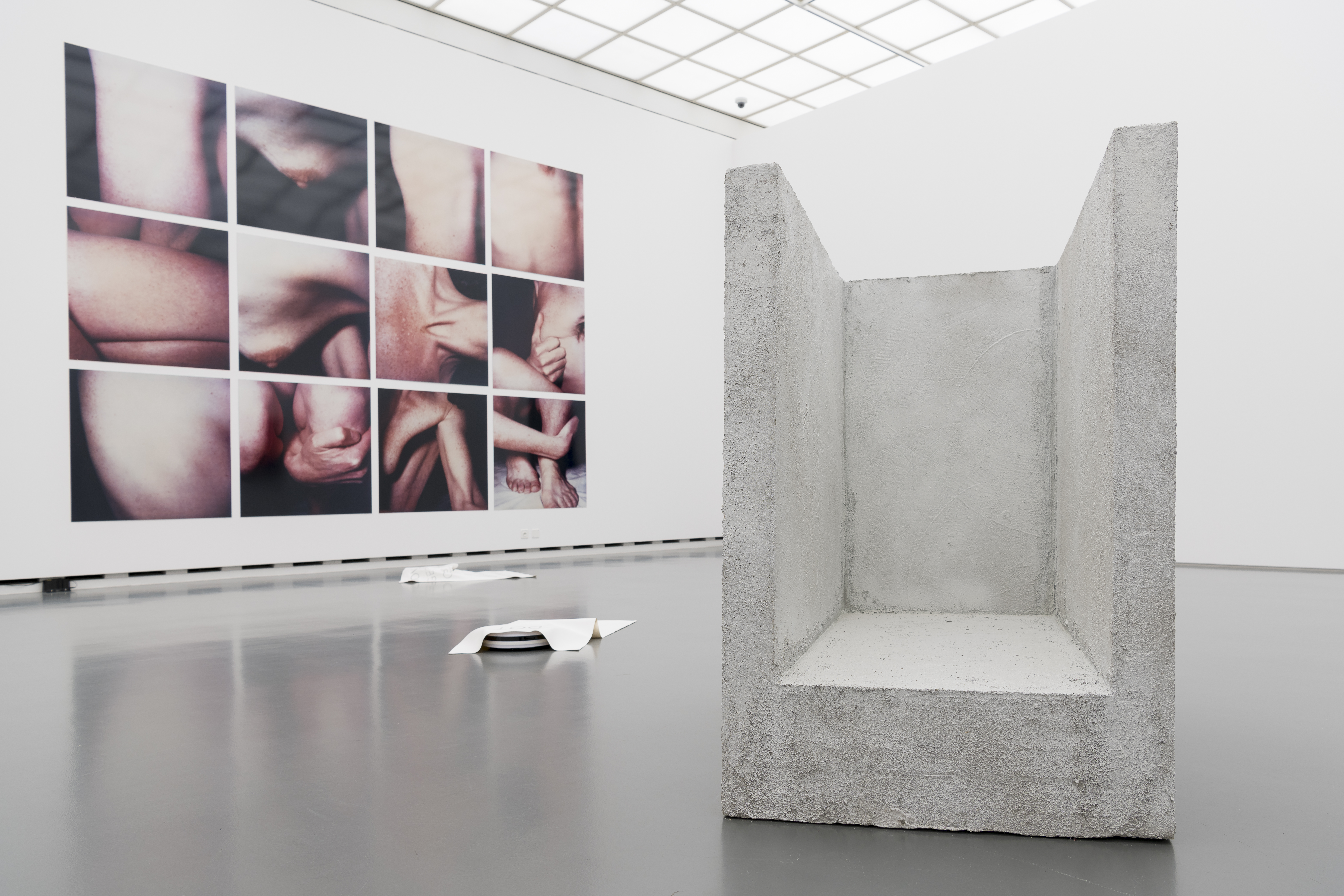
How would you describe the influence of social and economic issues in your work?
Shirin Yousefi (SY): They can have a conceptual impact. That said, there is a temporal and spatial gap between current events and my work. Indeed, I do not necessarily feel the interest or need to talk about these issues in a systematic way. In this sense, I do not consider myself to be a medium of diffusion.
When these issues do not present themselves as a concept at the heart of the project, they retain their influences in the work process and the formal choice.
Over the past decade, the link between art and science has been a frequently discussed topic. In this context, art has often been considered as an effective tool for the production of alternative forms of knowledge. How do you see this idea?
(SY): It seems to me that the production of alternative forms has always been the ideal extraction of art. I firmly believe that the growth of these forms of knowledge is proportionally related to the development of science over the past decade.
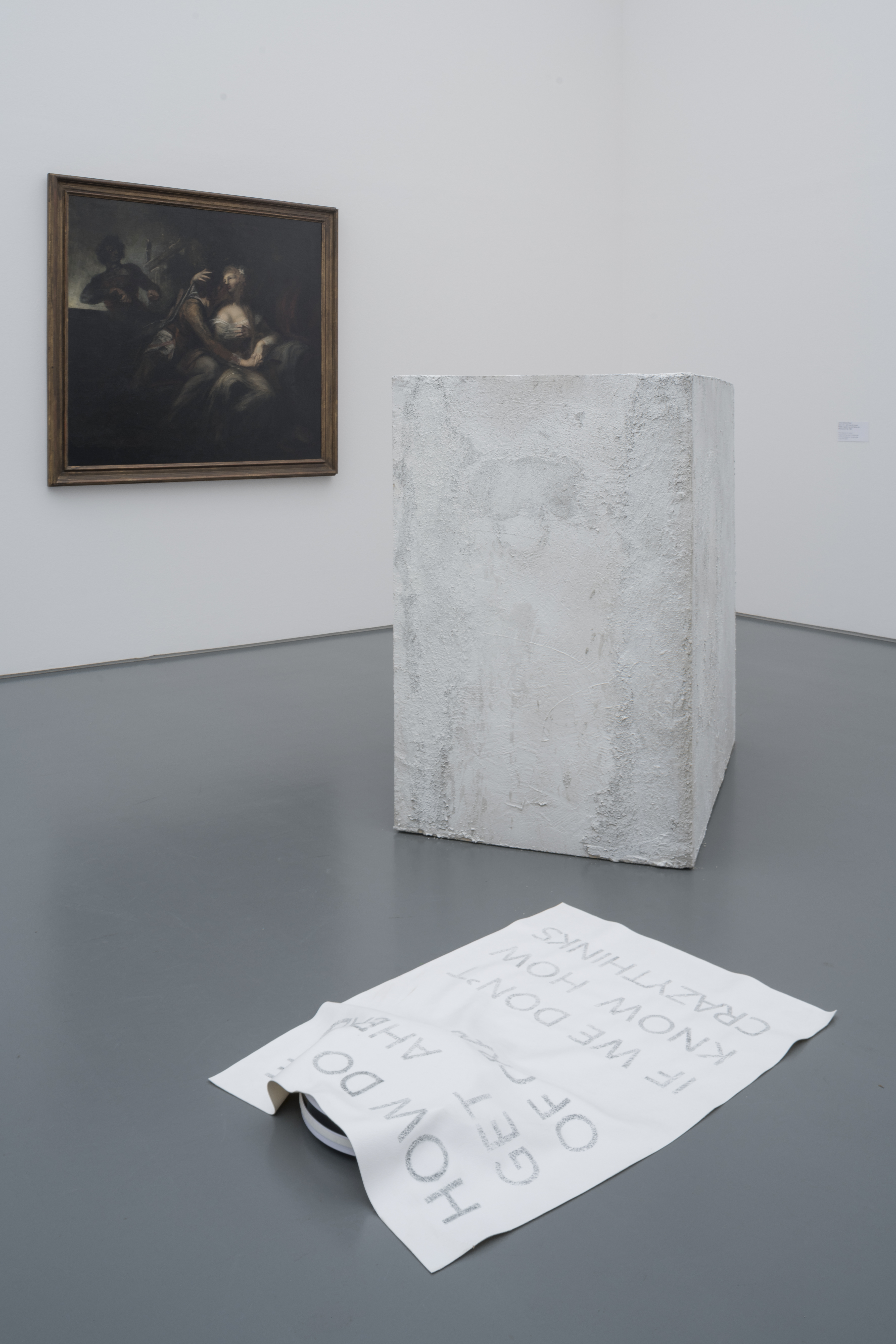
Can science save humanity? What types of discoveries would you find convincing for this?
(SY): I do not believe in saving humanity as such. If we are to discuss rescue, we must consider a whole range of living elements. Indeed, although it is tangible to talk about artificial intelligence, spatial colonization and so on when we think about solutions for humanity, I think above all that it is essential to invest on a broader scale, from microscopic bacteria to global warming.
It is in this respect, in my opinion, that the scientific discoveries of the last decade play a major role. From the Higgs-Boson to 3D printing, I believe that every scientific discovery has the potential to be one more step towards a better planet.
At what level do you think art can contribute to social and ecological change?
(SY): Contemporary art, or in other words, the art that occurs in relation to its time, is an extensive and diversified collaboration involving different bodies of work. As one of the protagonists in today's events, art is an active and dynamic unit that can bring about major socio-ecological changes.
The work of art can also offer another temporality, a temporary slowdown, and then offers us other dynamics of relationship and perspective with society and nature.
Agreggator
Could you share here three articles and two videos that reflect your current research and/or issues that inspire you?
(SY): Hemisphere N° 12, from fear to fascination, Céline Bilardo
The open space of animals and humans, Agamben
The influence of human disturbance on wildlife nocturnality, Kaitlyn M. Gaynor
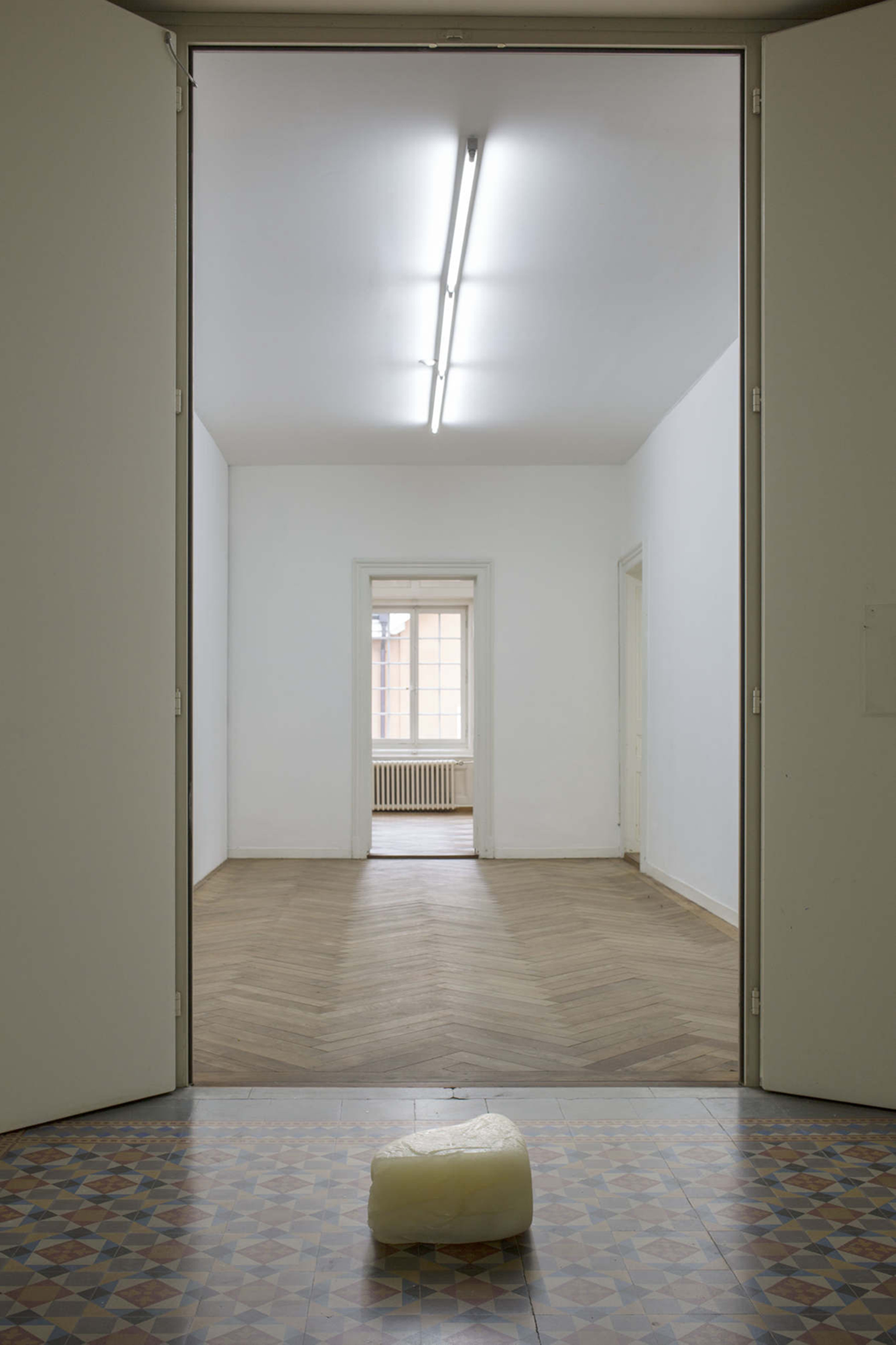
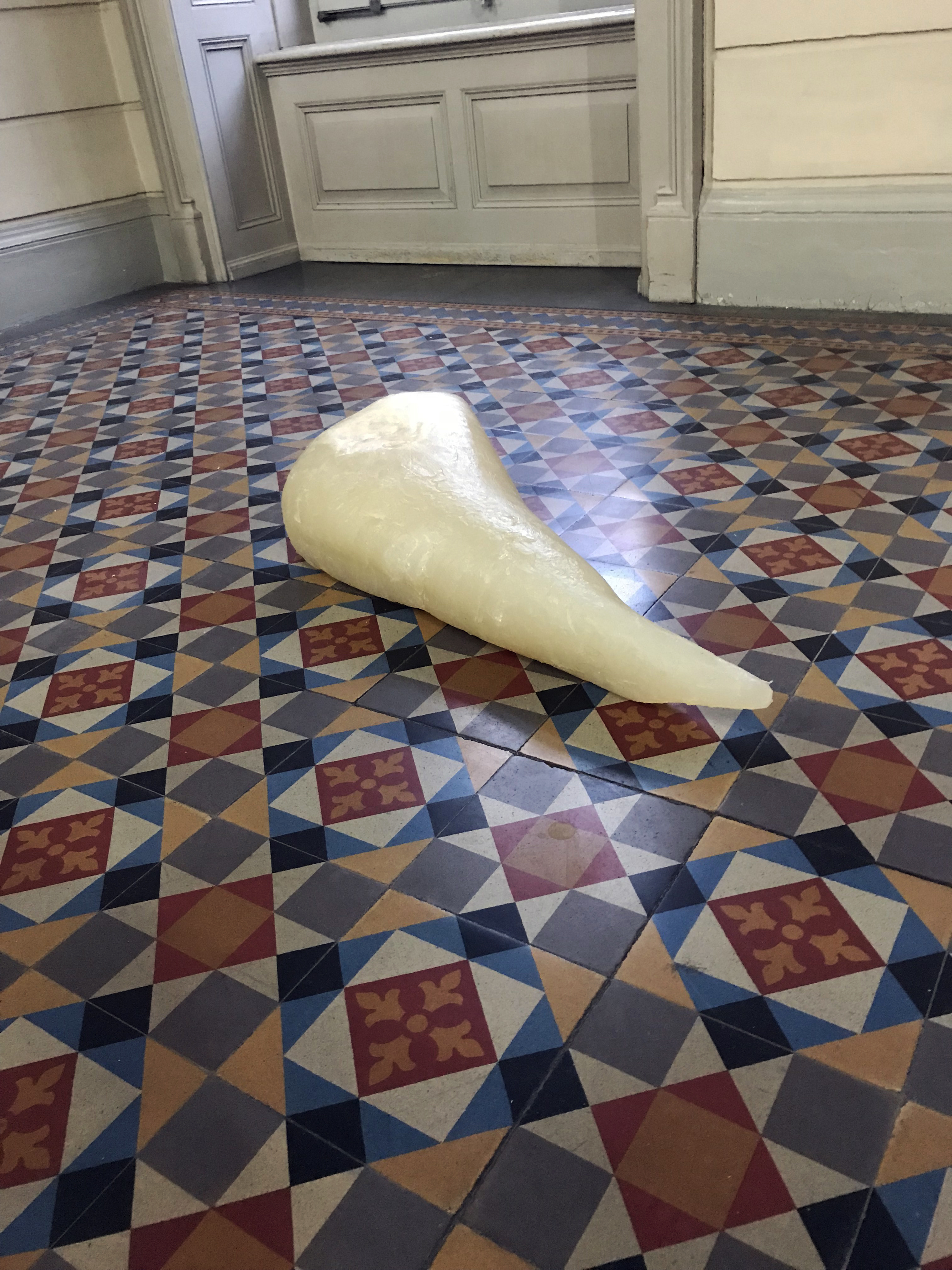
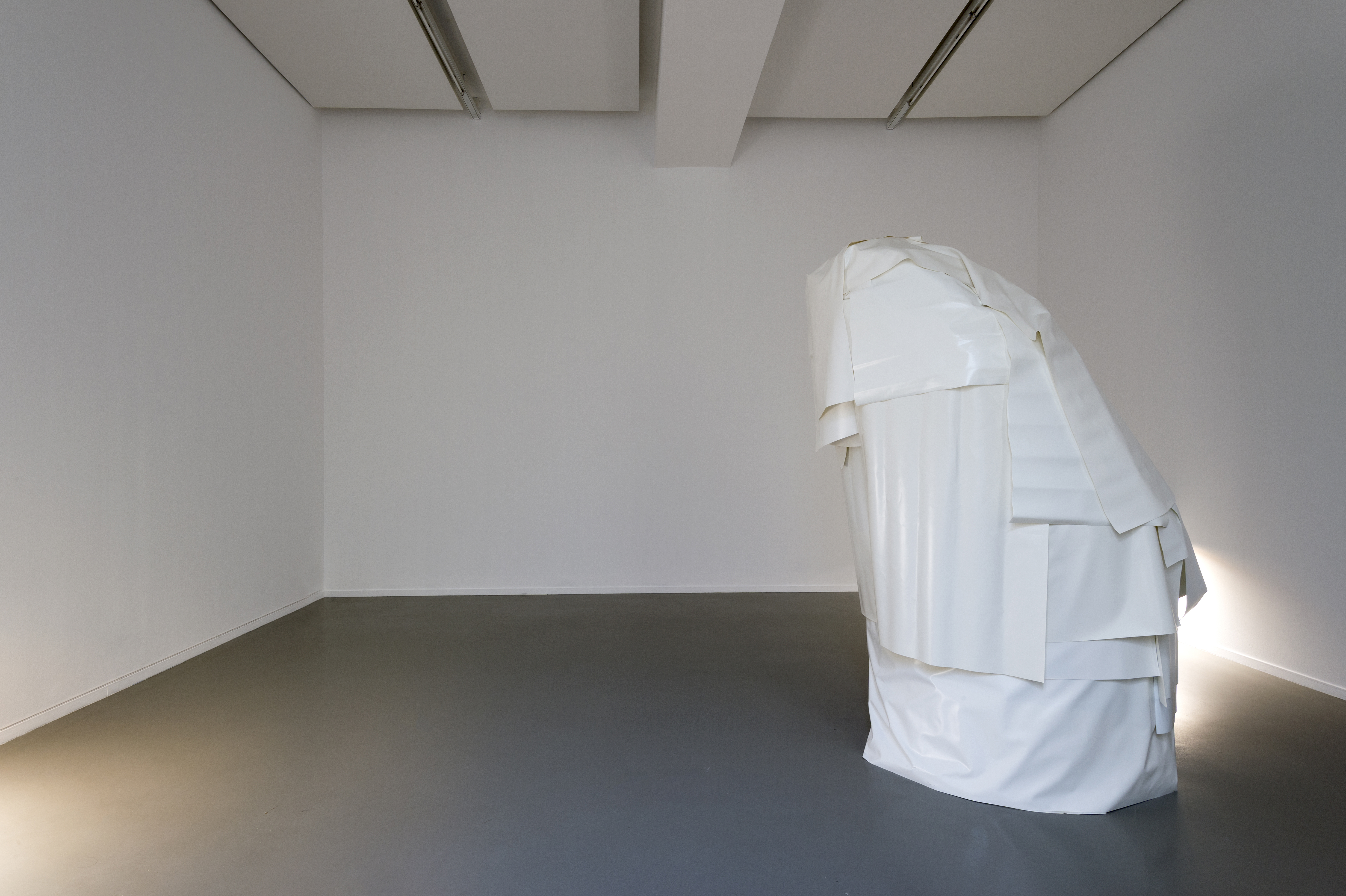
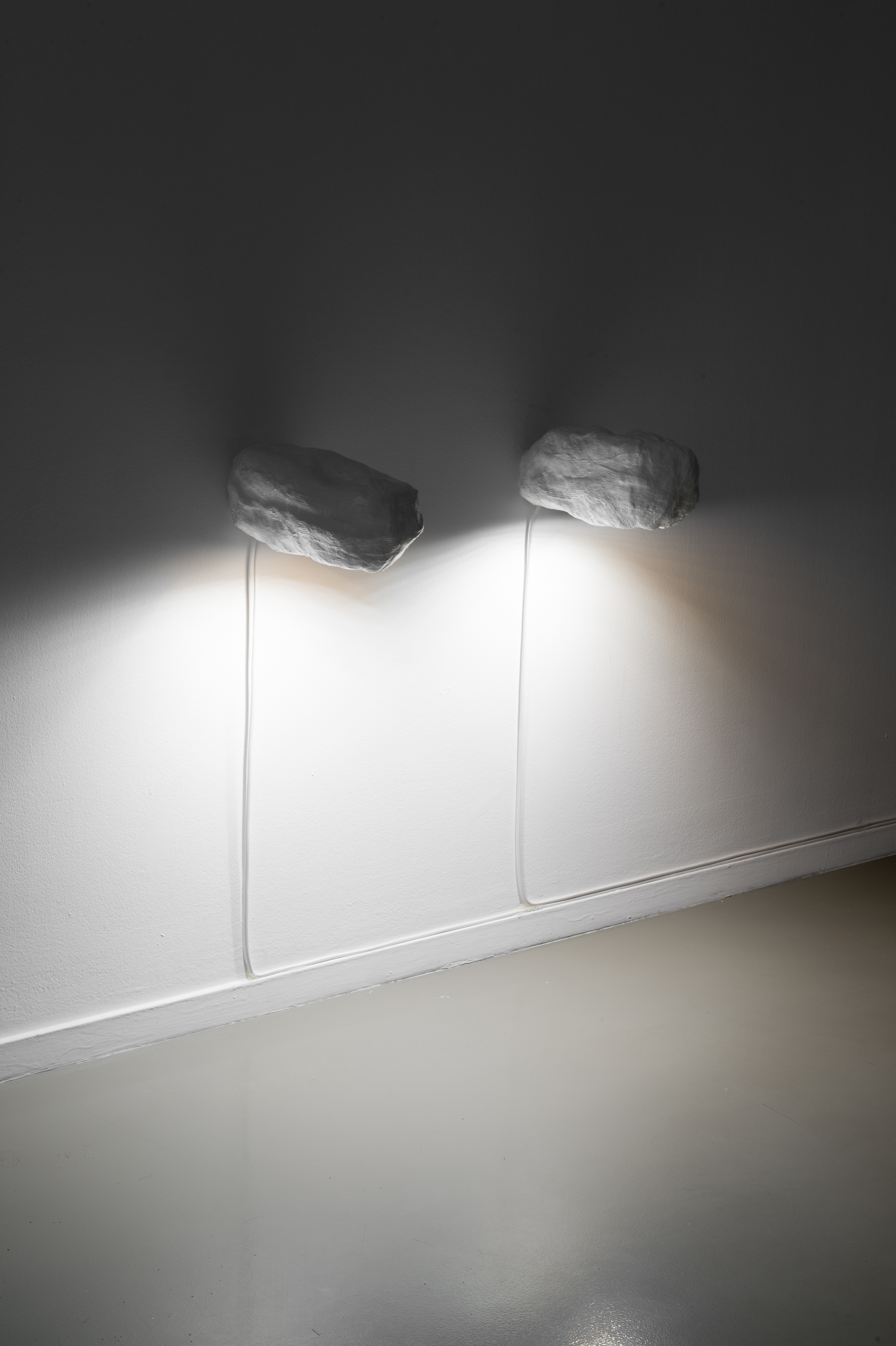
This interview is part of a curatorial research project supported by Pro Helvetia